Building up steam: our civilisation’s history of collecting energy slaves
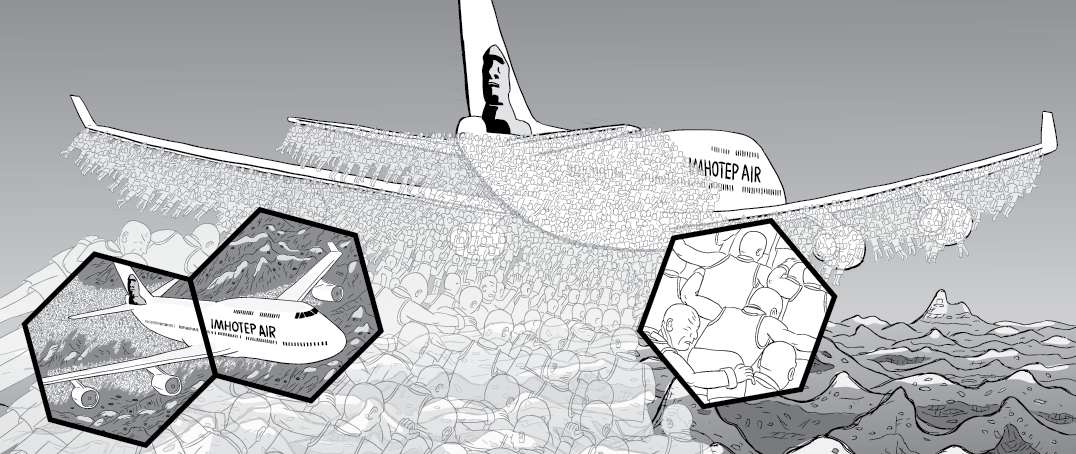
This is essay 3 from a 7-part series expanding the ideas from my comic Energy Slaves, about Buckminster Fuller’s insights into human energy consumption.
Building up steam: our civilisation’s history of collecting energy slaves
In my comic Energy Slaves, I chart human civilisation’s growing use of fossil fuel energy, and the way that energy has allowed people to magnify their impact on the natural world.
Primitive hunter-gatherers were limited by the energy that they could impact on the world through their bodies. To do anything, they had to eat food, and then exert that food’s energy into the world through their body’s muscles.
This is an experience that we return to when we go wilderness camping or bushwalking. In such a situation, we are each responsible for hauling our bodies—and our cargo—across the landscape.
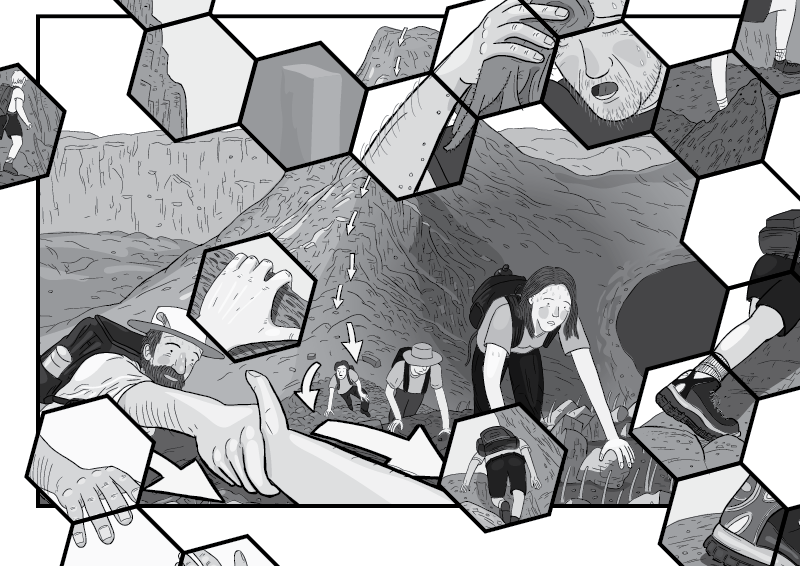
As time went by, we learnt how to ‘harvest’ energy slaves from the environment to do work for us. We used technologies like fire, wind, and working animals to make this energy accessible for us to use.
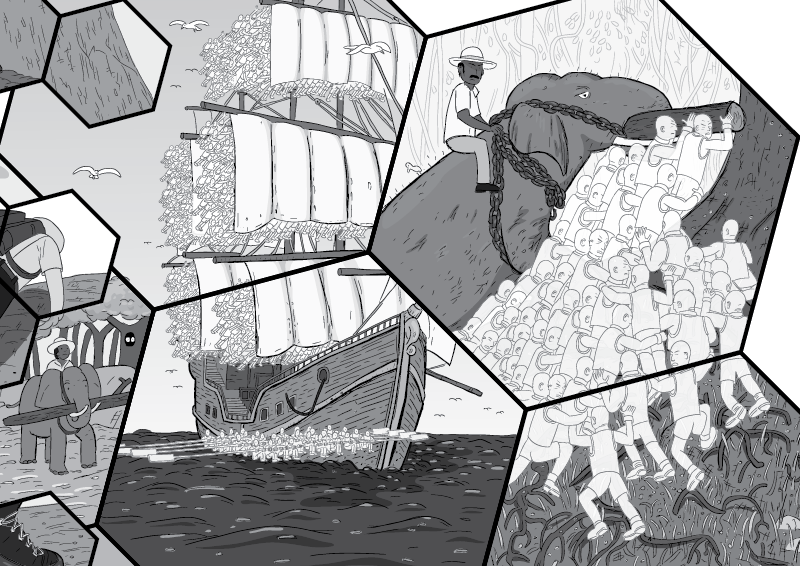
In an abstract way, we can imagine the invisible ‘energy slaves’ that were harnessed. Work was being done on our behalf by ship sails and working animals (beasts of burden). We can imagine the human workers that would have been need to row the ship or lift the log, had we not used technology to make this energy available for human purposes.
Things have changed radically in recent centuries. Today we have supernormal powers that allow us to speed down a highway, and fly through the air. Our bodies are no longer the limiting factor.
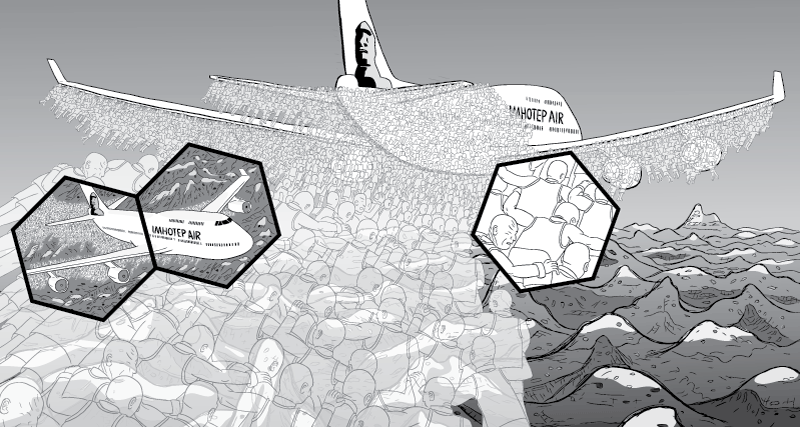
Consider the way that a tree is felled today, compared to the way that a tree was felled 200 years ago. Two centuries ago, the timber fellers would have used their bodies to do the work. The day would have begun with a big breakfast to fuel their bodies. Then, chop by chop, they would use their muscles to cut into the wood. Imagine the hours and hours of human effort needed to fell a thick trunk like this.
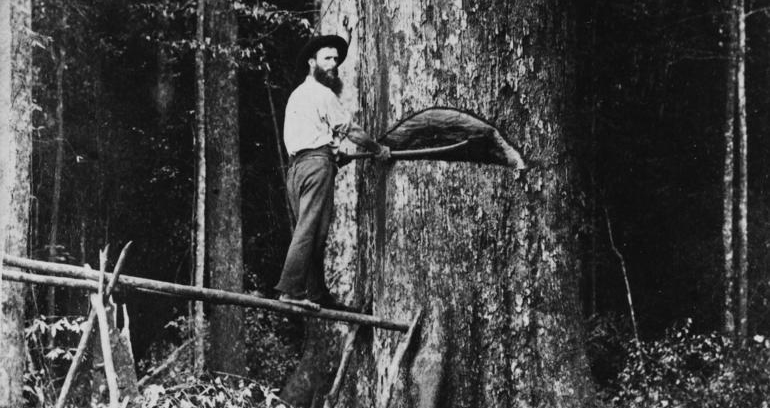
Image credit: Original image from the State Library of Queensland.
Now, imagine the relative effort in which we fell a tree using a chainsaw today. Or a mechanical tree harvester, for that matter.
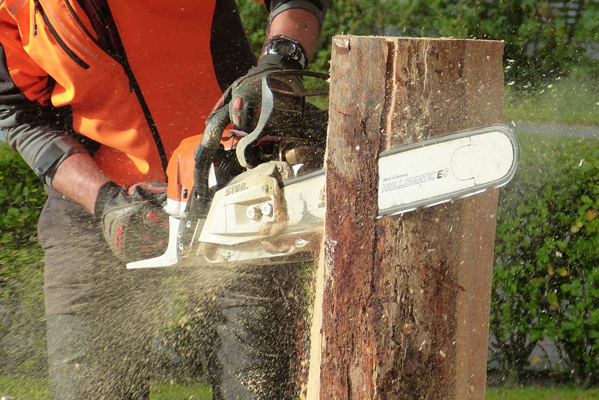
![]()
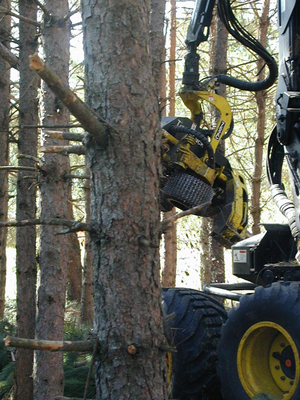
Image credit: Chainsaw image by pb826. Tree harvester image by Eli Sagor
We are no longer limited by our bodies’ physical strength. Instead of going it alone, we now have energy slaves to do the work for us.
This is something that affects the lifestyles of human beings as individuals. Multiplied by the 7 billion people on Earth, we are collectively impacting the natural world in a mega way.
We now have immense amounts of energy available at our fingertips, and we are using it to impact Earth’s geology and ecology on a massive scale. This quantum leap of energy-availability is almost totally due to fossil fuels like coal, oil, and natural gas.
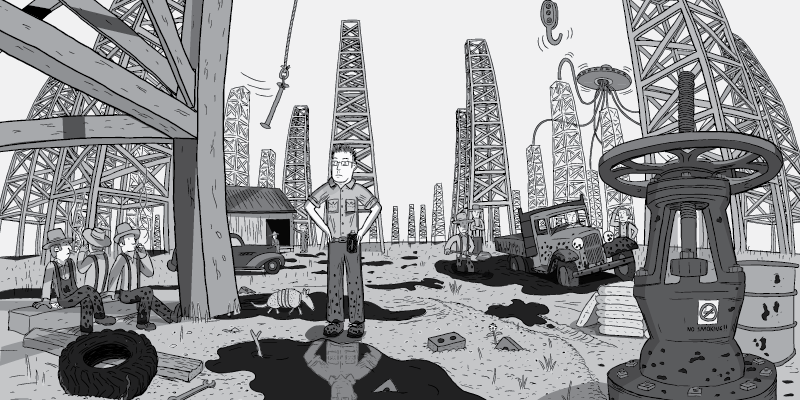
In my next essay, I discuss the diminishing ‘net energy’ returns that we are now getting from fossil fuels. I discuss the challenges that we will face transitioning from fossil fuels towards renewable energy.
Read the rest of my a 7-part series of essays about my comic Energy Slaves. If you like my work, please become my crowdfunding patron via crowdfundstu.com








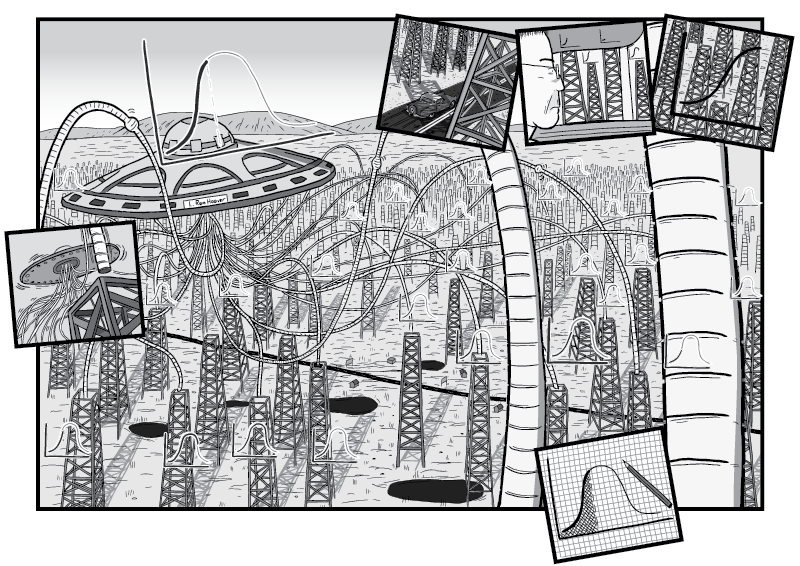



Comments